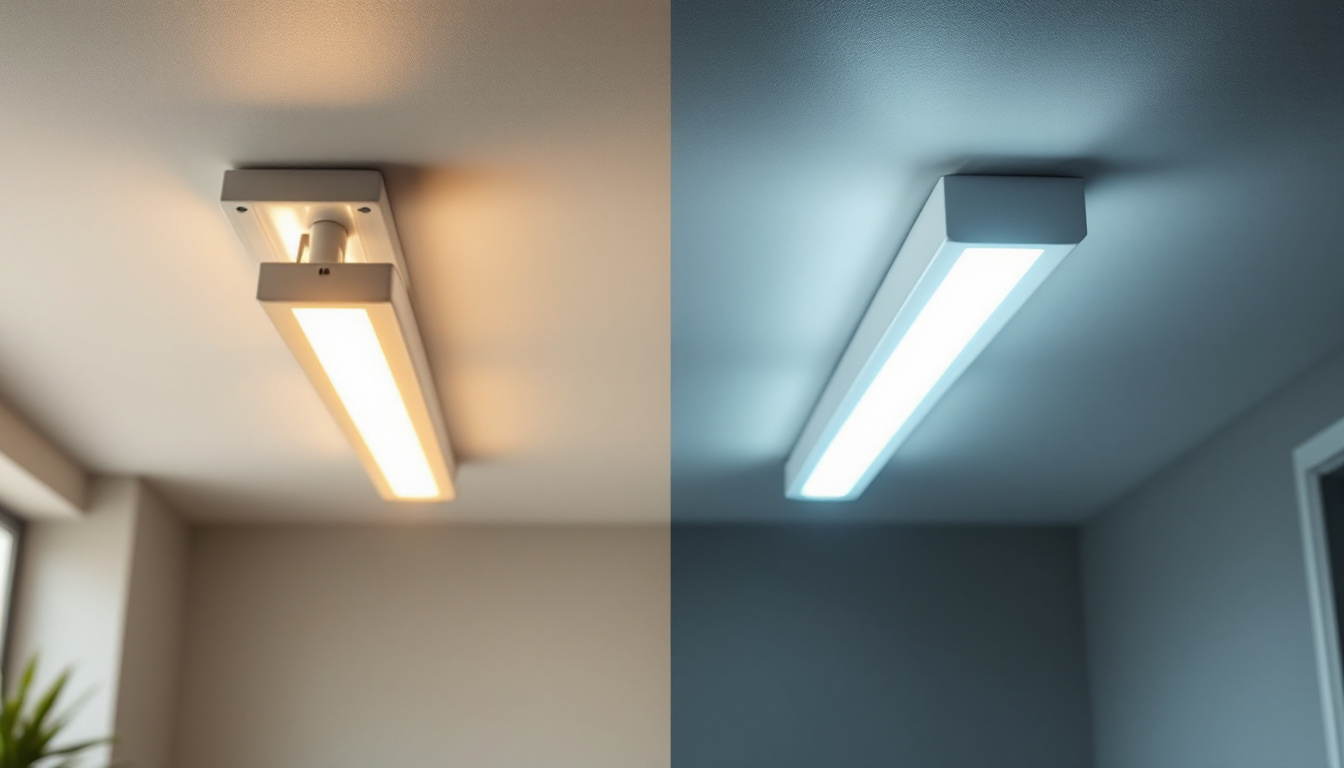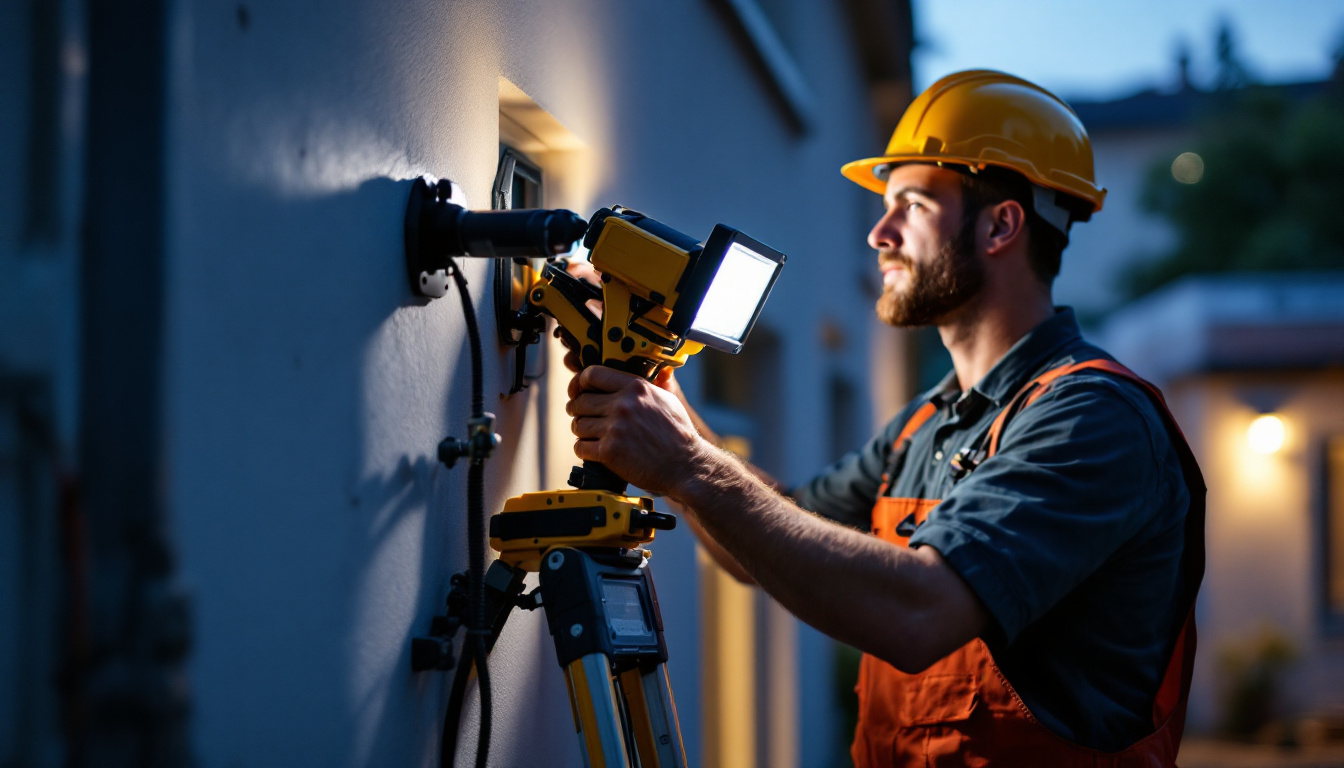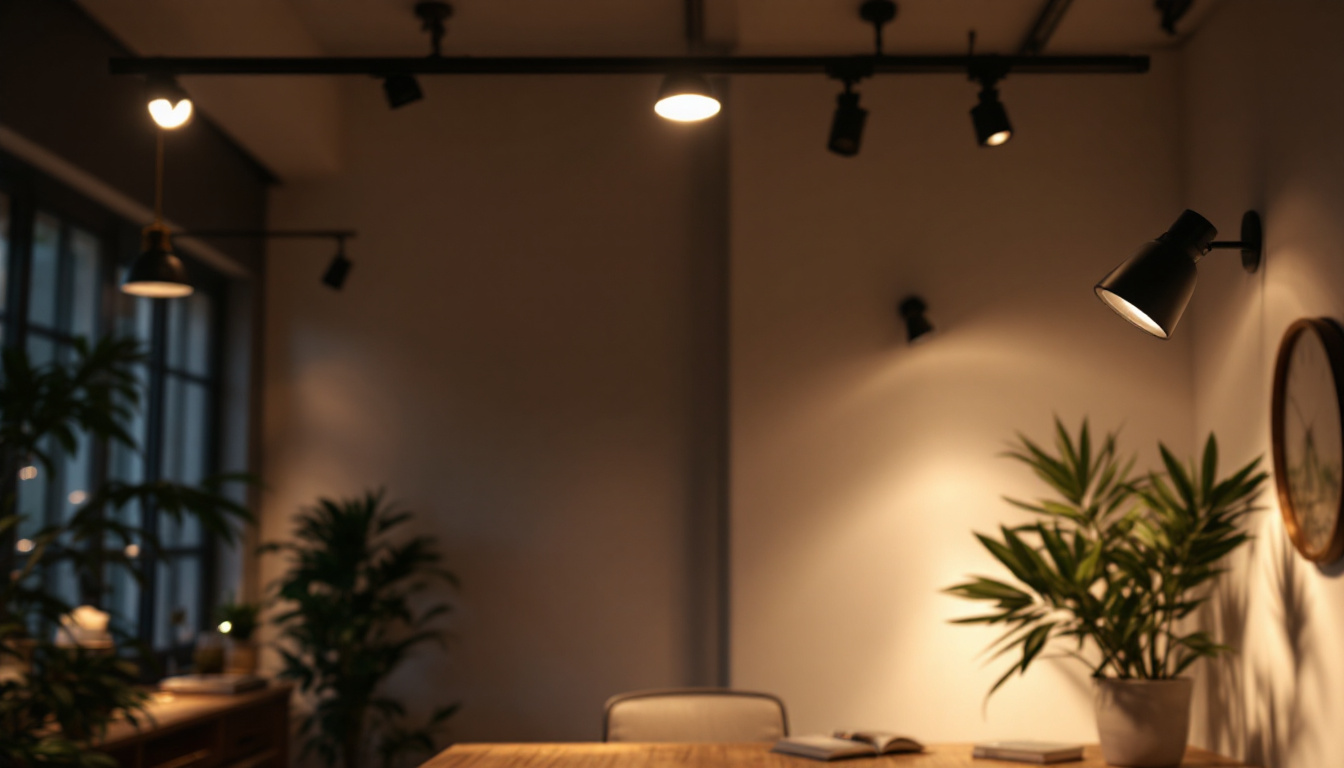
Fluorescent lighting has been a staple in commercial and residential settings for decades. However, as technology advances, the shift towards LED lighting has become increasingly critical. This article explores the reasons behind converting fluorescent lights to LED, focusing on the benefits and considerations for lighting contractors.
Fluorescent lights operate by passing an electric current through a gas, which produces ultraviolet light. This light then excites a phosphor coating on the inside of the bulb, resulting in visible light. While they are energy-efficient compared to incandescent bulbs, fluorescent lights have several drawbacks, including flickering, a limited lifespan, and the presence of hazardous materials like mercury.
Moreover, fluorescent fixtures often require ballasts to regulate the current, which can complicate installation and maintenance. These factors contribute to the growing trend of replacing fluorescent lights with LED technology. In addition to their technical limitations, fluorescent lights can also produce a harsh, cold light that may not be suitable for all environments. Many users report that the quality of light emitted can lead to eye strain and discomfort, particularly in settings where people spend long hours, such as offices or classrooms. This has prompted a shift towards lighting solutions that not only provide energy savings but also enhance the comfort and well-being of occupants.
Light Emitting Diodes (LEDs) are semiconductor devices that emit light when an electric current passes through them. Unlike fluorescent lights, LEDs do not contain hazardous materials, making them a safer choice for both installation and disposal. Additionally, they offer a longer lifespan, higher energy efficiency, and improved light quality.
LEDs also provide instant illumination without flickering, enhancing the overall user experience. With advancements in technology, LEDs have become versatile, available in various colors, shapes, and sizes, making them suitable for diverse applications. For instance, they can be used in residential settings for ambient lighting, in commercial spaces for task lighting, or even in outdoor environments for decorative purposes. Moreover, the ability to dim LED lights and adjust their color temperature allows users to create the perfect atmosphere for any occasion, from a cozy dinner to a vibrant party. This adaptability has made LEDs not only a practical choice but also a stylish one, as they can seamlessly integrate into modern design aesthetics while providing functional benefits.
One of the most compelling reasons for converting fluorescent lights to LED is energy efficiency. LEDs consume significantly less energy compared to fluorescent bulbs, often using up to 75% less energy for the same amount of light output. This reduction in energy consumption translates into lower electricity bills, making it an attractive option for businesses and homeowners alike.
Moreover, the long lifespan of LEDs, often exceeding 25,000 hours, means that replacements are less frequent. This longevity not only reduces maintenance costs but also minimizes the environmental impact associated with manufacturing and disposing of lighting products. With fewer replacements needed, businesses can allocate resources to other areas while enjoying sustained energy savings over time.
LEDs provide superior light quality compared to fluorescent lights. They offer a more consistent color temperature, reducing the yellowish hue often associated with fluorescents. This improvement in light quality can enhance the ambiance of a space, making it more inviting and comfortable for occupants. The ability to choose from a variety of color temperatures allows for tailored lighting solutions that can match the specific needs of different environments, whether it’s a warm, cozy atmosphere for a restaurant or bright, clear lighting for an office.
In addition, LEDs have a higher Color Rendering Index (CRI), which means they can render colors more accurately. This feature is particularly important in settings such as retail environments, art galleries, and design studios, where color perception is crucial. Enhanced light quality can also improve productivity in workplaces, as employees benefit from better visibility and reduced eye strain, leading to a more efficient work environment.
The environmental benefits of converting to LED lighting cannot be overstated. LEDs are free from hazardous materials like mercury, which is present in fluorescent bulbs. This absence of toxic substances simplifies disposal and reduces the risk of environmental contamination. Additionally, many LED products are designed to be recyclable, further contributing to a circular economy and reducing landfill waste.
Furthermore, the energy savings associated with LEDs contribute to a decrease in greenhouse gas emissions. By reducing energy consumption, businesses and homeowners can play a significant role in mitigating climate change, making LED conversion not only a smart financial decision but also an environmentally responsible one. As more individuals and organizations make the switch to LED technology, the cumulative effect can lead to significant reductions in carbon footprints, fostering a more sustainable future for generations to come. This collective effort can also inspire communities to adopt greener practices, promoting a culture of environmental stewardship that extends beyond just lighting choices.
While the long-term savings of LED lighting are substantial, the initial investment can be a barrier for some clients. The cost of LED fixtures and retrofitting existing fluorescent installations can be significant, especially for larger projects. Lighting contractors must work closely with clients to develop a budget that considers both the upfront costs and the long-term savings associated with LED technology.
Offering financing options or energy efficiency rebates can help alleviate the financial burden and encourage clients to make the switch. Additionally, providing a clear analysis of the return on investment (ROI) can help clients understand the value of the conversion.
When converting from fluorescent to LED, compatibility with existing fixtures and ballasts is a crucial consideration. Some LED products are designed to work with existing fluorescent ballasts, while others require complete fixture replacements. Understanding the specific requirements of each project is essential for a successful conversion.
Lighting contractors should conduct a thorough assessment of the existing lighting system before recommending a conversion strategy. This assessment should include evaluating the condition of fixtures, determining the type of ballast in use, and considering the layout of the space to ensure optimal lighting performance.
The rapid evolution of LED technology necessitates ongoing education and training for lighting contractors. Staying informed about the latest products, installation techniques, and industry standards is vital for providing clients with the best possible service.
Contractors should invest in training programs and resources to enhance their knowledge of LED technology. This investment not only improves the quality of work but also builds trust with clients, as they can be assured that their contractor is knowledgeable and up-to-date with industry trends.
Before initiating a conversion project, conducting a comprehensive lighting audit is essential. This audit should evaluate the current lighting system, including the type of fixtures, bulb types, and energy consumption. It should also assess the lighting needs of the space, considering factors such as task requirements and occupant comfort.
The findings from the audit will inform the conversion strategy, helping contractors recommend the most suitable LED solutions for each unique environment. A well-executed audit can also identify opportunities for additional energy savings through improved lighting design.
With a wide range of LED products available, selecting the right fixtures for a conversion project is crucial. Contractors should consider factors such as lumen output, color temperature, and beam angle when choosing LED products. Additionally, it is essential to ensure that the selected products meet relevant energy efficiency standards and certifications.
Working with reputable manufacturers and suppliers can help contractors access high-quality LED products that meet the specific needs of their clients. Establishing strong relationships with suppliers can also provide valuable insights into the latest advancements in LED technology.
Educating clients about the benefits of LED lighting and the conversion process is vital for ensuring a successful project. Contractors should take the time to explain the advantages of LED technology, including energy savings, improved light quality, and environmental benefits.
Providing clients with clear information about the installation process, potential disruptions, and maintenance requirements can help set realistic expectations. Additionally, offering post-installation support and guidance can enhance client satisfaction and foster long-term relationships.
The lighting industry is continuously evolving, with innovations in LED technology driving further advancements. Developments such as smart lighting systems, tunable white LEDs, and improved dimming capabilities are reshaping the way lighting is designed and utilized.
Smart lighting systems, which can be controlled via smartphones or automated systems, are becoming increasingly popular in both residential and commercial settings. These systems offer enhanced flexibility and energy savings, allowing users to customize their lighting experience.
As the push for energy efficiency and sustainability continues, regulatory trends are increasingly favoring LED technology. Many governments and organizations offer incentives for businesses and homeowners to adopt energy-efficient lighting solutions, including tax credits, rebates, and grants.
Staying informed about these regulatory changes can help lighting contractors guide their clients in making informed decisions about their lighting installations. Understanding available incentives can also enhance the financial feasibility of LED conversions, making them more attractive to potential clients.
The conversion from fluorescent lighting to LED technology is not just a trend; it is a critical step towards more efficient, sustainable, and high-quality lighting installations. For lighting contractors, understanding the benefits, challenges, and best practices associated with this conversion is essential for providing exceptional service to clients.
By embracing LED technology, contractors can help their clients achieve significant energy savings, improve light quality, and contribute positively to the environment. As the lighting industry continues to evolve, staying informed and adaptable will be key to success in this dynamic field.
Ready to make the switch to more efficient, sustainable LED lighting? LumenWholesale is here to support lighting contractors with an extensive selection of top-quality, spec-grade LED products at unbeatable wholesale prices. Say goodbye to local distributor markups and hello to superior lighting solutions that meet the highest industry standards. Plus, enjoy the convenience of free shipping on bulk orders, ensuring you get the best value without any hidden fees. Don’t compromise on quality or cost. Wholesale Lighting at the Best Value is just a click away. Upgrade your lighting installations with LumenWholesale today.

Discover the pitfalls lighting contractors often encounter with LED exterior flood lights.

Discover the ultimate guide to track lighting types with our comprehensive article.

Discover how lighting contractors can enhance their projects and profits with LED tube bulbs.

Explore the advantages and drawbacks of gooseneck outdoor lighting for contractors.